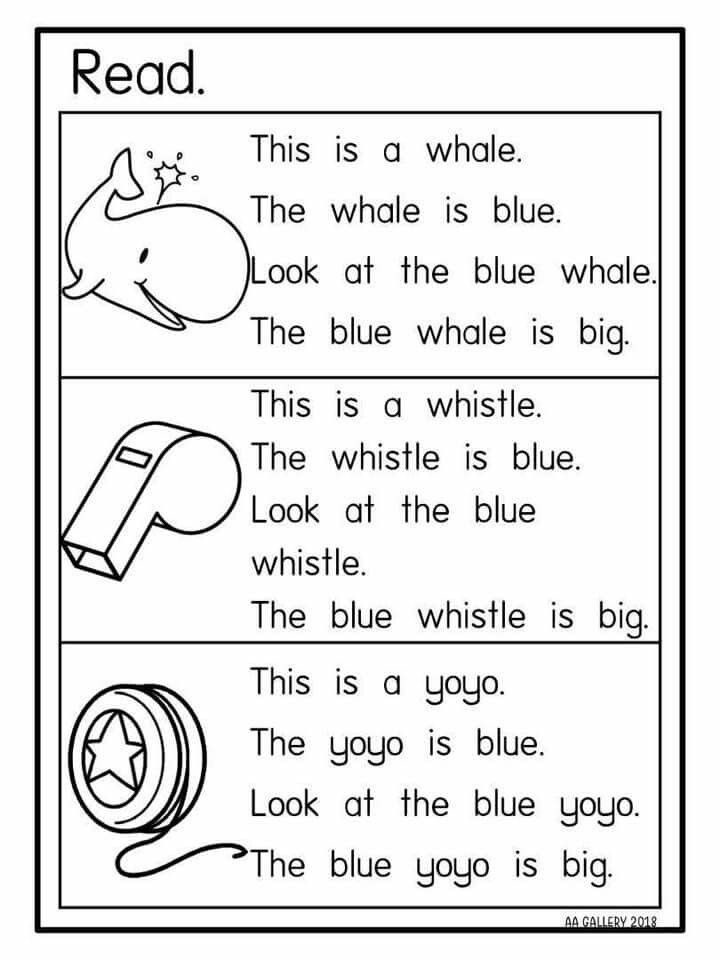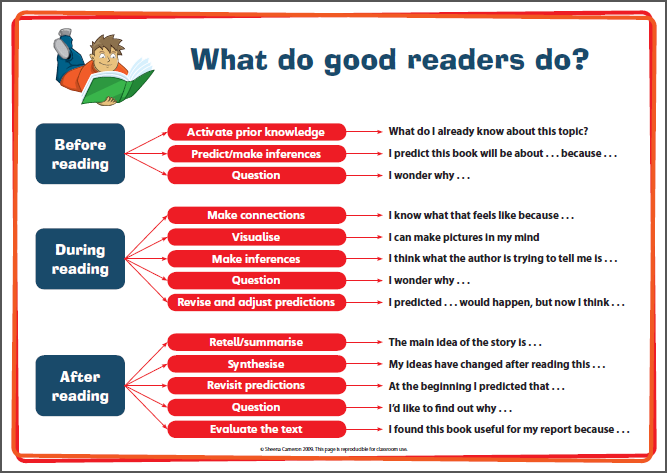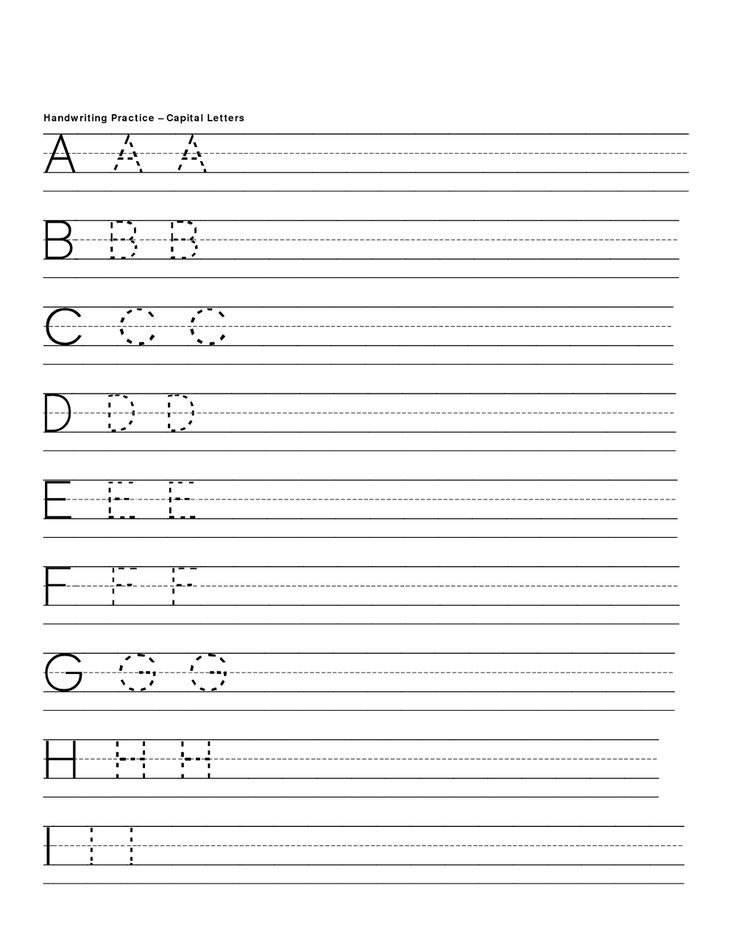Best sight words book
10 Amazing Books to Teach Sight Words to Beginning Readers
Memorizing sight words is really important for beginning readers so I try to integrate instruction into as many parts of my day as I can. For that very reason, these 10 books to teach sight words are read often by both me and my students.
There are over one hundred sight words and high frequency words that are so common they show up in the text we read quite frequently.
Many of the books we read aloud to our students are full of rich vocabulary but they are also peppered with sight words and high frequency words.
I love to teach sight words and give practice in tons of creative ways. I provide hands-on practice, show my favorite videos and give them the chance to build the sight words in literacy centers.
As teachers, we know our students learn best in context. Hearing, seeing and connecting these words within a text is super powerful for our students!
I find that reading books that prominently feature sight words can help my students memorize them, too. Many of the books on this list feature repetitive text that includes common sight words.
After I read these books aloud, they find a home in my classroom library. My students love to reread them. Even if they aren’t reading words quite yet, they retell the story and often times use the exact same wording. They can remember it because of the repetition! That is one of the ways these books to teach sight words are so beneficial.
Note: Did you know there is a difference between sight words and high frequency words? I thought they were the same thing for the longest time. Now that I know the difference, I approach instruction differently. You can read more about that here!
This post contains affiliate links. By purchasing through this link, we get a small commission. Rest assured – we only share links to products that we know and love!
Brown Bear, Brown Bear, What Do You See?
It’s not so hard to see why this book would make the list of books to teach sight words! The question “What do you see?” is made of four sight words that we introduce at the beginning of the school year!
This question repeats over and over again in the story along with the reply, “I see a _____ looking at me. ” More sight words!
” More sight words!
My students love to reread this story in library or retell it with puppets. They are getting multiple exposures to really common words every single time they do!
Home
I absolutely love this book by Carson Ellis. The whimsical illustrations capture both me and my students so completely. The topic is one that we discuss a lot in my classroom, too, so it easily fits into our curriculum.
Home explores the many different types of homes as well as the varied places they can be. It includes the sentence frame “A home is a…” as well as “Some homes are…” These phrases repeat through the book.
I love that we can dig deeper into this simple story by exploring the new vocabulary and broadening our world view, too!
Where Is the Green Sheep?
This adorable book uses the phrase “Here is the…” and the question “Where is the…?” as we search for the green sheep.
The book explores opposites like thin and wide as well as colors like red and blue. Most of these are also sight words or high frequency words!
Most of these are also sight words or high frequency words!
My students enjoy the cadence of this read aloud as they listen and often help with the words to describe the different sheep. It is a really popular one to reread in the library.
The Bus for Us
Tess is waiting for the bus for her first day of school. She has never ridden one before. Her brother stands with her as she waits and asks “Is this the bus for us, Gus?”
We see all sorts of vehicles like taxis, fire engines and tow trucks. They peek their nose in on one page so students can guess! They absolutely love this!
The repetitive text is perfect for rereading and recognizing those common sight words.
From Head to Toe
This book introduces different animals and what they do. For example, the penguin says, “I can turn my head. Can you do it?” On the next page a child says “I can do it.”
This book is super engaging because they can do the actions the animals are doing. The text is really repetitive so they actually start to answer with the words written in the book: I can do it.
We read this book many times throughout the year and it is also one of my most popular library books.
Jump, Frog, Jump
Jump, Frog, Jump follows the same kind of pattern as the “There was an old lady who…” style books. Frog is trying to escape being eaten by the different animals in the pond.
The simple, repetitive text is a favorite of my students. Each new animal fills this sentence frame: “This is a ____ that ____ after the frog.” Then the following page says “Jump, Frog, jump!”
My students love to warn Frog to jump! Will he escape? You’ll have to read it to see!
Five Trucks
Five Trucks is about five different trucks (obviously ?). You read about their different characteristics and jobs.
The adjectives used to describe the trucks include tons of great sight words and high frequency words, like large and small. The book also refers to the trucks as first, second, third, fourth and fifth, which are all words I want my students to learn as well. #ordinalnumbers #yay
#ordinalnumbers #yay
We read this book when we talk about communities. It is especially appealing to my students who are fascinated by different forms of transportation.
I Want My Hat Back
I Want My Hat Back is about a bear who has lost his hat. He asks the animals he sees if they have seen his hat. There are a lot of opportunities to inference where the hat has gone.
It will leave your students laughing, I PROMISE.
The text in this book is SUPER simple. In fact, I would venture to say that almost all of the words are sight words!
This book is one of my favorites of all time. Including it in this list is a must for me! I love reading it aloud to my students and they love rereading it in the library.
If you haven’t read this one to your class, you NEED to. (Seriously!)
Frog and Toad
Frog and Toad books are well-loved classics for a reason. Students find the stories really engaging and relatable.
The text is simple and accessible and full of the sight words we start our year learning. Those are just a few reasons students come back to this series over and over again.
Those are just a few reasons students come back to this series over and over again.
I love to introduce Frog and Toad toward the beginning of the year. My students are fascinated by the chapters and Frog and Toad’s friendship.
Elephant and Piggie Books
I have saved my absolute FAVORITES for last. You cannot find better, more engaging sight word books to read aloud to your students than Elephant and Piggie books by Mo Willems.
Elephant and Piggie are friends who work through important issues like friendship, waiting and sharing. They do it in a really funny way that students relate to. Honestly, I enjoy the banter between the characters, too!
I own every single one of these books because they are just THAT GOOD. They are some of the first books my students read on their own in the library because they text is really simple and predictable. In addition to that, they are super engaging.
I chose these 10 books to teach sight words because they are ones both my students and I choose to read over and over again. I truly believe the repetition has helped them memorize more words!
I truly believe the repetition has helped them memorize more words!
How do you use books to encourage students to learn new sight words and practice familiar ones? I would love to know! Let me know below.?
If you’re looking for printable sight word practice, check out these Sight Word Sentences! Each page targets a sight word for tons of explicit practice.
20 Sight Word Books for Kindergarteners
// by Rachel White
Preparing our littles to read on their own is an exciting time! In school, they'll receive sight word cards and have sight word practice, but at home, we want to encourage their reading development. Here are twenty sight word books you can pass along to your kindergarteners for their daily reading practice!
1. Curious George Sight Words
If you're looking for a bundle of sight word stories, Curious George has you covered! In this set, you'll find ten books tailored to pre-k through 1st grade level. The set includes sight word flash cards, a word chart, and stickers to track their progress. You'll definitely see an improvement in your child's reading skills with this set!
The set includes sight word flash cards, a word chart, and stickers to track their progress. You'll definitely see an improvement in your child's reading skills with this set!
Learn more: Amazon
2. Nia the Narwhal Explores the Christmas Ocean
Explore the ocean and the coral reef with Nia the Narwhal and her fun cast of friends! You'll meet a starfish, a dogfish shark, and an electric ray. The book comes with coloring pages, highlights the common sight words your readers need to practice and has very simple sentences!
Learn more: Amazon
3. Porcupine Hugs
Perry the Porcupine loves hugs, but most animals are scared of his big quills! Perry and his friends must come to a solution. This high-frequency word book has the key sight words highlighted and is written in a rhythmic verse to help your emergent readers.
Learn more: Amazon
4. Siv the Three-Toed Sloth
Siv, the South American, three-toed sloth loves being a sloth! However, her one wish is to move faster. She can't help but imagine all the things she could do if she could only go a little faster. These are books parents love for their kindergarten students. The common sight words make this an excellent daily practice book.
She can't help but imagine all the things she could do if she could only go a little faster. These are books parents love for their kindergarten students. The common sight words make this an excellent daily practice book.
Learn more: Amazon
5. Mermaid School
Join Molly on her first day of school and follow along as she makes new friends. This book will help your littles prepare for their own first day of school and includes a mermaid school handbook for them.
Learn more: Amazon
6. Yani the Unicorn and the Day Mommy Went to the Moon
Yani loves playing in the magical forest with her mom, but when her mom has to go visit her friend on the moon, Yani is all alone. At first, she feels sad, but then she decides to wander over to the Unicorn Valley. Along the way, she meets new friends and gains more confidence. This engaging sight word story will captivate your children and the short sentences will help them gain their own confidence!
Learn more: Amazon
7.
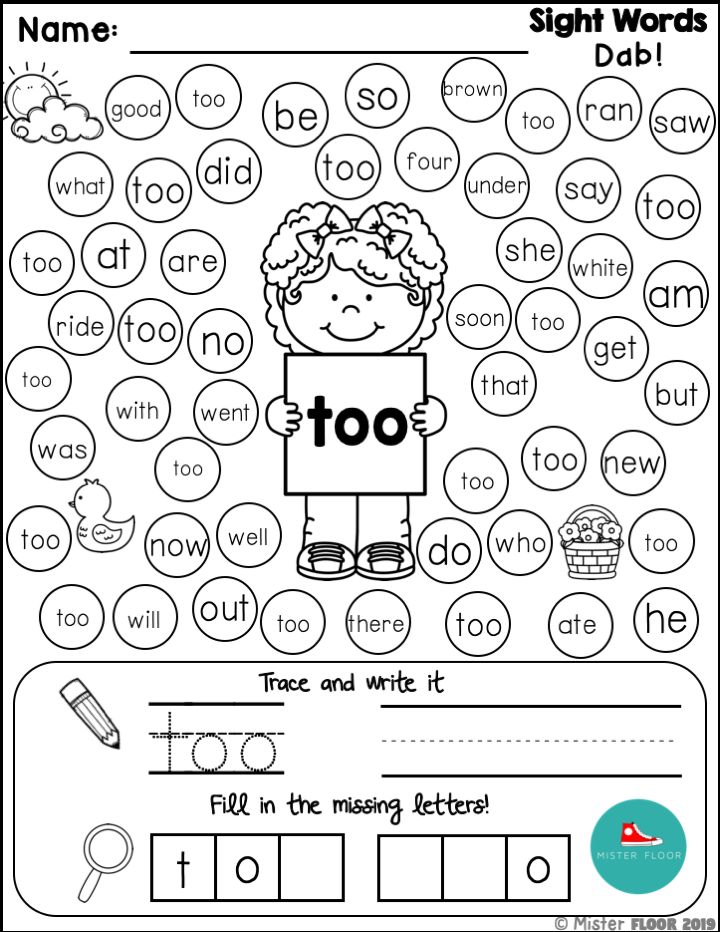 How to Catch a Unicorn
How to Catch a Unicorn If you spotted a unicorn at the zoo, would you know how to catch it? That's what the kids in this story have to figure out! Follow along as they try to catch the unicorn and the unicorn tries to escape.
Learn more: Amazon
8. Where Do Ninjas Go On Vacation?
When the ninjas are ready to disappear, where should they go? Should they go to the movies, the sand dunes, or an amusement park? This simple story is a great opportunity to practice sight words!
Learn more: Amazon
9. The Crayons’ Book of Numbers
Get ready for some sight words fun with this book of numbers and colors. Duncan's crayons are missing and he needs your help to count them up and collect them all!
Learn more: Amazon
10. Animalphabet
This beautiful book will take your sight word reader through the alphabet of animals. Each page has a question leading to the next animal and peekaboo holes to see if they guessed correctly.
Each page has a question leading to the next animal and peekaboo holes to see if they guessed correctly.
Learn more: Amazon
11. Grumpy Monkey
This adorable book about Jim the chimpanzee is a great beginner reader book. Jim is in a very bad mood. Despite his friends trying to help him, he is just grumpy. Eventually, Jim has a full meltdown! Could that be what he needed all along?
Learn more: Amazon
12. Llama Llama Back to School
It's time for Llama to go back to school! Unfortunately, Llama loves summer! He's also feeling really nervous so his friends and mom try to help him feel better about the start of the new school year.
Learn more: Amazon
13. Pete the Cat: I Love My White Shoes
Pete the Cat takes a walk in his new white shoes. Along the way, his shoes start changing colors! As he's walking, his shoes change to match the color of whatever mess he stepped in. All is good for Pete though! The Pete the Cat books will give your child a reading experience they enjoy!
All is good for Pete though! The Pete the Cat books will give your child a reading experience they enjoy!
Learn more: Amazon
14. The Bad Seed
This seed is bad - REALLY bad. Learn all about what makes him bad and find out if he really wants to be bad or if he's willing to change!
Learn more: Amazon
15. Hi! Fly Guy
When boy and fly meet, everything is changed for both of them. They begin a friendship and together they'll go on many adventures! This beginner reader book is a fantastic series for your kindergartener to start!
Learn more: Amazon
16. My Busy Week
Review the days of the week and activities your children might do in this excellent book for littles! The predictable language and chantable verse make this a great sight word reader.
Learn more: Amazon
17. It's Time To Wake, Jake!
Teach your kids a little more about sports with this fun rhyming story about Jake the basketball player. This book has a five-star rating on Amazon and is adored by parents!
This book has a five-star rating on Amazon and is adored by parents!
Learn more: Amazon
18. Ty's Travels: Beach Day!
Ty is so excited about a day on his very own beach! He's even more excited when a beach ball flies into his yard and he gets to enjoy the day with his new neighbor friend. This book will be a fun sight word reading experience for your littles and will get them excited for their own new adventures!
Learn more: Amazon
19. Max Explains Everything: Grocery Store Expert
Max's mom takes him to the grocery store all the time! Since he's been there so much, you can just call him the grocery store expert. In this hilarious book, Max guides you and gives you helpful tips on how to survive a trip to the grocery store! This is an excellent independent reading book!
Learn more: Amazon
20. Zara's Big Messy Day (That Turned Out Okay)
Zara is having a hard day. She doesn't know how to control her emotions on a day like this. Then, Zara's mom teaches her a trick to calm down. This book is incredibly helpful for children learning about their own emotions and includes coloring pages and guided meditations.
She doesn't know how to control her emotions on a day like this. Then, Zara's mom teaches her a trick to calm down. This book is incredibly helpful for children learning about their own emotions and includes coloring pages and guided meditations.
Learn more: Amazon
Related posts:
Category: Classroom Ideas
The subtleties of translation: how a word can be worth $71 million and why Danes are offended by IKEA rugs hurricanes. Forbes Life invites you to read the stories of medical error and Danish IKEA rugs from the book “The Subtleties of Translation”
“Nathalie Kelly and Jost Zetsche have accomplished a very important mission in writing this book. They not only vividly and excitingly told what translation is, but also turned it from an abstraction that was difficult to comprehend into an understandable and fascinating thing. The authors narrate in the best sense of the word, illustrating common concepts with entertaining stories and clearly demonstrating how translation enters into our daily lives. And these stories, taken from their own professional experiences or gleaned from a huge number of meetings and interviews, debunk some of the myths associated with translation and introduce the real problems that translators face.” (David Crystal). With the permission of the Azbuka-Atticus publishing house, Forbes Life publishes an excerpt from book
And these stories, taken from their own professional experiences or gleaned from a huge number of meetings and interviews, debunk some of the myths associated with translation and introduce the real problems that translators face.” (David Crystal). With the permission of the Azbuka-Atticus publishing house, Forbes Life publishes an excerpt from book
Finished reading here
A $71 million word
What happens when an interpreter is not around? The consequences can be life-threatening at worst, life-changing at best. Even fluency in two languages does not always allow you to cope with the translation. Turning speech in one language into speech in another - whether spoken or written - requires special skills, and the path to professionalism can take many years.
A bitter example of what happens when a bilingual amateur is invited to translate instead of a professional is the case of Willy Ramirez.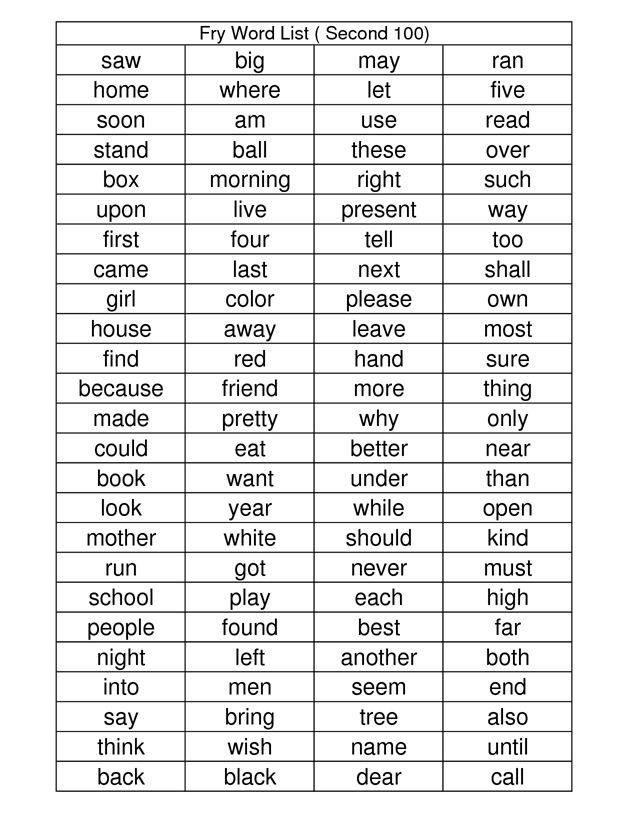 At 1980, this eighteen-year-old boy entered one of the Florida hospitals as a patient. Among the hospital staff, many spoke Spanish - this is Florida! - so that they could easily explain themselves to the young man. But there was no professional translator.
At 1980, this eighteen-year-old boy entered one of the Florida hospitals as a patient. Among the hospital staff, many spoke Spanish - this is Florida! - so that they could easily explain themselves to the young man. But there was no professional translator.
According to Willy's relatives, he was intoxicado. This word is an example of a "false friend," as translators often say. That is, it is not translated as you might think. (A false friend and a false cognate are different things. False cognates mean roughly the same thing, but do not come from the same root. For example, both the German Ach, so! and the Japanese Aa, soo mean "Understood!", but between them no linguistic connection.)
The first impression of the word intoxicado is misleading. It does not mean intoxicated ("drunk"), but, unfortunately for Willie, that is how it was interpreted by the bilingual hospital employee who was brought in to translate. And this misinterpretation led to misdiagnosis and inappropriate treatment, which ended up with paralysis of the arms and legs for the patient.
And this misinterpretation led to misdiagnosis and inappropriate treatment, which ended up with paralysis of the arms and legs for the patient.
What does intoxicado really mean and how do you say it in English? Unfortunately, there is no good equivalent. Intoxicado is intoxication, usually caused by some harmful effect on the body. Here are some examples: intoxicación solar means "severe sunburn" and intoxicación por alimentos means "food poisoning". What kind of intoxicación did Willy's relatives talk about? They suspected food poisoning because he ate an underdone hamburger. nine0005
Without context, the word intoxicado is difficult to interpret even for a qualified translator. After all, it would be strange to say in English he is poisoned, although the literal translation is just that. A professional translator, especially one working in the medical field, is trained to clarify any ambiguities in the speaker's words.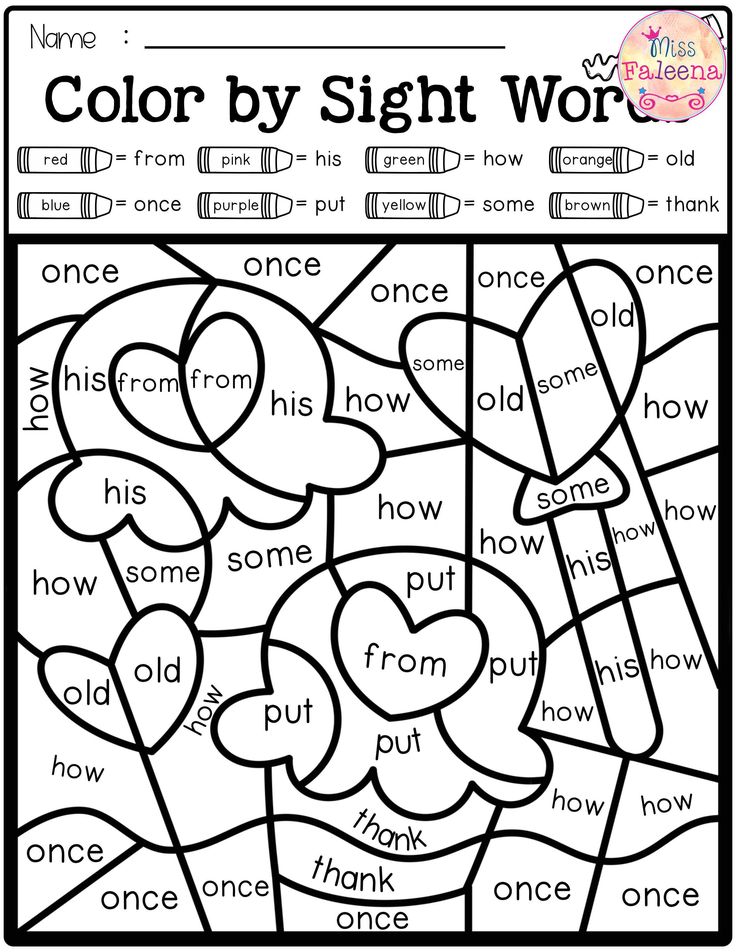 A professional would have found out what kind of intoxication is involved if it were not clear from the rest of the words. What about normal bilingual? It didn't even cross his mind. He was not taught to delve into linguistic nuances, to understand how they affect mutual understanding between speakers of different languages. (As for the drunk, he should be called ebrio in Spanish.)
A professional would have found out what kind of intoxication is involved if it were not clear from the rest of the words. What about normal bilingual? It didn't even cross his mind. He was not taught to delve into linguistic nuances, to understand how they affect mutual understanding between speakers of different languages. (As for the drunk, he should be called ebrio in Spanish.)
Because of this, Ramirez was diagnosed by doctors as "intentional drug abuse." This criminal diagnostic error led to the subsequent payment of $71 million in compensation to him: it turned out that his condition was not caused by an overdose or food poisoning at all, but by an intracerebral hemorrhage. Since then, intoxicado has sometimes been referred to in translation circles as "a $71 million word". The amount is considerable. If we assume that the translator receives 50 thousand dollars a year, then it would be enough for the annual salary of 1,420 full-time translators - perhaps more than is available in the state of all hospitals in Florida combined. nine0005
nine0005
IKEA Danish rugs
It's easy to see why IKEA is so popular all over the world. The Scandinavian firm is famous for its smart, modern design prefabricated furniture at reasonable prices. The simple style of the company extends to advertising, where there is almost no text. IKEA, unlike many other retailers, relies less on text than on images to promote its products.
IKEA places a strong emphasis on catalog sales and invests heavily in catalog printing, which claims to account for 70% of its annual marketing budget. nine0005
In 2011, the company published nearly 200 million catalogs in 61 titles in 29 languages. On its 40 sites, created for different countries, the company, like in catalogs, presents its products mainly through images. The IKEA assortment includes 12 thousand products; their packaging and labeling is translated into different languages, the number of which varies within 30 (depending on the specific product). For North American-type markets, labels are usually translated into English, French, and Spanish. (Of course, IKEA also has overlays with the names of products, such as computer tables Fartfull (causes associations with letting off gases, from English fart) and Jerker (drunkard, drug addict, English), which the company sold in 2005, having a lot of fun these English-speaking buyers.)
The IKEA assortment includes 12 thousand products; their packaging and labeling is translated into different languages, the number of which varies within 30 (depending on the specific product). For North American-type markets, labels are usually translated into English, French, and Spanish. (Of course, IKEA also has overlays with the names of products, such as computer tables Fartfull (causes associations with letting off gases, from English fart) and Jerker (drunkard, drug addict, English), which the company sold in 2005, having a lot of fun these English-speaking buyers.)
Because catalogs play a central role in sales, the company's ability to keep things short is a big win when it comes to translation. Most IKEA instructions are based on pictures - there are almost no words there, so the instructions are almost universal.
The few words IKEA uses in marketing - the names of its products - are unique. Most of the products are named after certain Northern European geographical features, so for many consumers, the names of the products have an attractive touch of exoticism. A number of names can even charm the inhabitants of many countries. Except for the Danes, of course. nine0005
Most of the products are named after certain Northern European geographical features, so for many consumers, the names of the products have an attractive touch of exoticism. A number of names can even charm the inhabitants of many countries. Except for the Danes, of course. nine0005
Nobody wants their country to be called a doormat. But this is exactly what Danes often face when they come to an IKEA store. Many of the company's cheap products, such as rugs, rugs and other floor coverings such as Bellinge, Helsingör, Köge, Nivå, Roskilde, Sindal and Strib, are named after Danish localities. So it's not hard to see that even the Danes - although, according to some sources, they are the happiest in the world - are not thrilled that their country is associated with wiping their feet. nine0005
Two Danish scientists, Klaus Köller from the University of Copenhagen and Trols Mühlenberg from the University of Southern Denmark, conducted a detailed analysis of product names from the IKEA catalogue. Studies have shown that Swedish names were assigned to high-end products such as upholstered furniture, bookcases and shelving for flat-panel TVs and multimedia devices, Norwegian city names were assigned to bedroom furniture, and Finnish names went mainly to the dining room.
Studies have shown that Swedish names were assigned to high-end products such as upholstered furniture, bookcases and shelving for flat-panel TVs and multimedia devices, Norwegian city names were assigned to bedroom furniture, and Finnish names went mainly to the dining room.
The researchers found that IKEA's naming policy made Denmark second-rate compared to Sweden. This conclusion sounds especially plausible, given the historical confrontation between the two countries. Sweden often won victories over Denmark. Even once she took Norway from the Danes, which they owned. Is IKEA really making fun of Denmark with their product names? Let's put it this way: IKEA continues to produce products with Danish names. She sells an Öresund toilet seat, named after the strait that separates Sweden from Denmark. Coincidence? nine0005
IKEA does not deny that it refers to these products with Danish place names, but it strongly denies the accusation of intentionally humiliating the Danes. Representatives of the company said that these names have been part of their assortment for decades and the employees who proposed them have long since retired. Citing that the current naming system makes life easier for consumers, they refused to change the names.
Representatives of the company said that these names have been part of their assortment for decades and the employees who proposed them have long since retired. Citing that the current naming system makes life easier for consumers, they refused to change the names.
Many Danes say that even if the names were deliberately made up as teasing, they are not offended by this: they attribute it to the traditional spirit of rivalry between the Scandinavian countries. As proof, the Danes continue to buy IKEA products - even those where their native names are thrown at their feet. nine0005
- Goebbels, Nesbe and a bit of cannibalism: 10 best books of autumn 2020 books 2020

 P.
P. 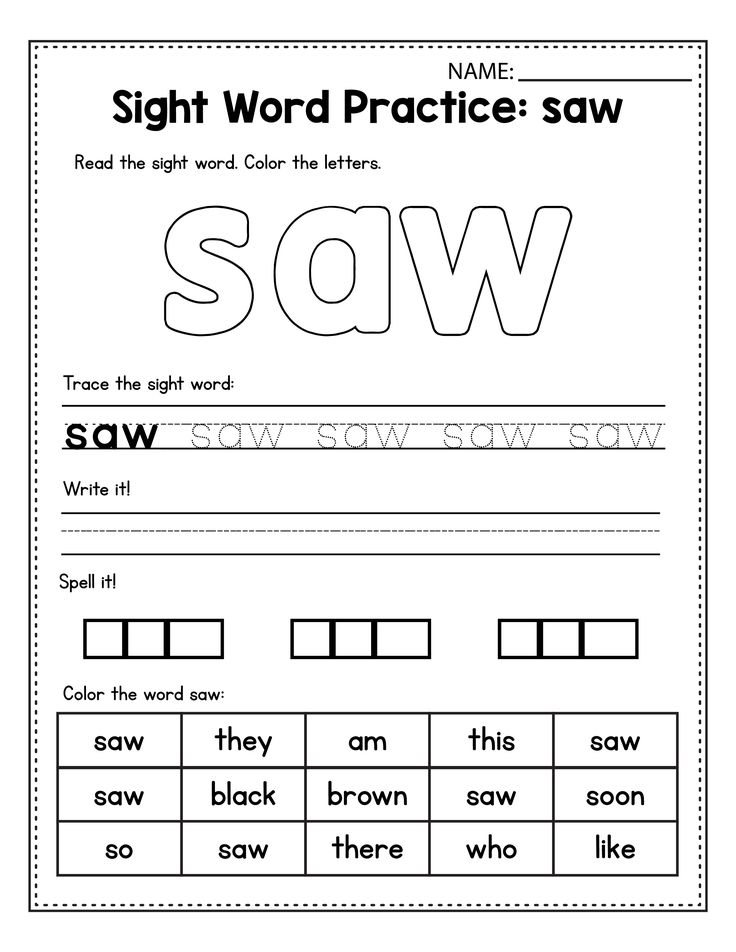 Sometimes, words of genius become winged , life-affirming, showing people the right path to a happy life and a brighter future.
Sometimes, words of genius become winged , life-affirming, showing people the right path to a happy life and a brighter future.  “1Q84″
“1Q84″  nine0007 “Alchemist”
nine0007 “Alchemist”  It is much better to confine oneself to a few authors than to rashly read many. nine0005
It is much better to confine oneself to a few authors than to rashly read many. nine0005 

 T. Tvardovsky
T. Tvardovsky  Gorky
Gorky  On other books I correct my civic conscience” V. Soloukhin
On other books I correct my civic conscience” V. Soloukhin 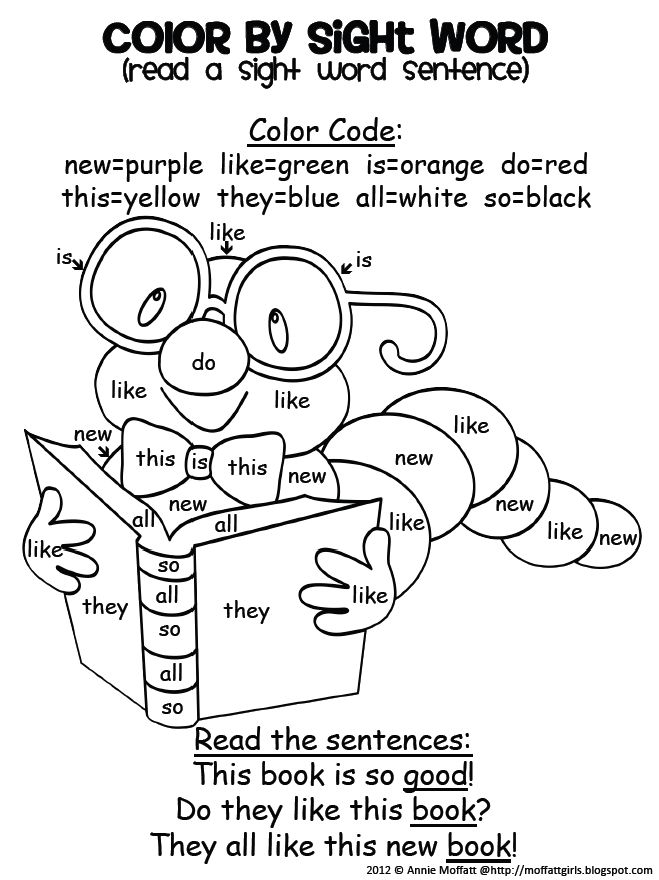 G. Belinsky
G. Belinsky  From the books that the guys read, they draw a certain outlook on the world, the books develop certain norms of behavior from them.0008 N.K. Krupskaya
From the books that the guys read, they draw a certain outlook on the world, the books develop certain norms of behavior from them.0008 N.K. Krupskaya  France
France  A word that reveals noble ideas forever deposits in a child's heart grains of humanity that make up a personality” V.A. Sukhomlinsky
A word that reveals noble ideas forever deposits in a child's heart grains of humanity that make up a personality” V.A. Sukhomlinsky  When you feel lonely and depressed, you can turn to them: they are always there, close by» Jean-Claude Carrière
When you feel lonely and depressed, you can turn to them: they are always there, close by» Jean-Claude Carrière 

 "
"  Then I began to read poetry in order to smooth this impression and get acquainted with its bright side. nine0005
Then I began to read poetry in order to smooth this impression and get acquainted with its bright side. nine0005 
 "
"  "
"  ”
” 




